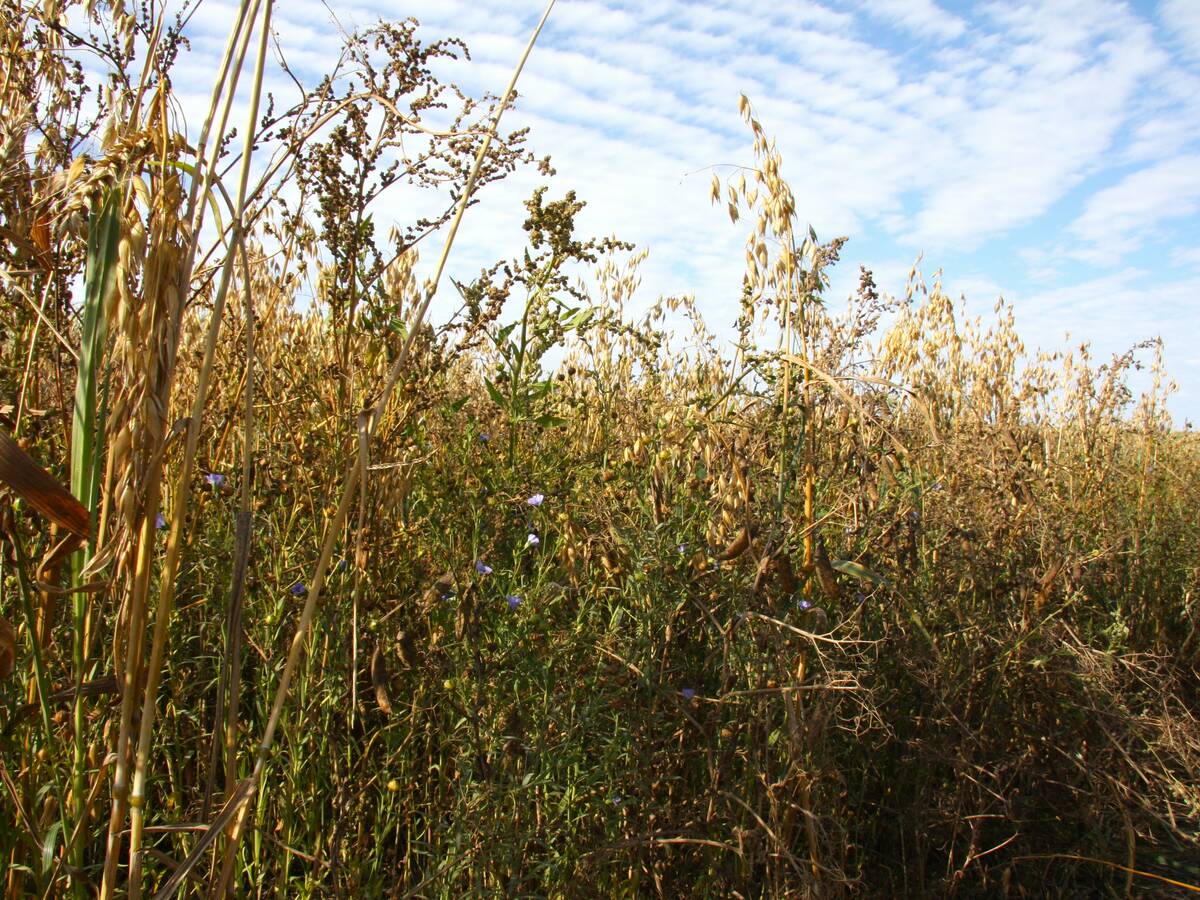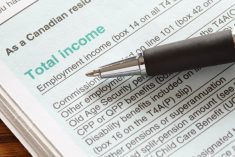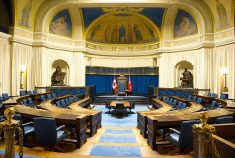Farmland education tax rebates are continuing to increase, but without an expected boost to provincial funding for schools, it could fuel an education funding shortfall.
The increase in education property tax rebates was part of the 2022 provincial budget, and was welcomed by farm and municipal leaders. The Manitoba School Boards Association says divisions are struggling under frozen funding.
“We agree that education property taxpayers, certainly our farmers and our producers, they pay too much when it comes to funding the education system,” said Alan Campbell, president of the Manitoba School Boards Association.
Read Also

PepsiCo nearly doubles regenerative scope
Another 240,000 farm acres managed through regenerative agriculture will be supported by PepsiCo across Manitoba and Saskatchewan by the end of 2025.
However, the province is “phasing out education property taxes, and they’re freezing school boards’ abilities to increase at the same time as provincial funding decreases for many divisions,” Campbell said.
In the 2022 budget, the province upped the education property tax rebate for residential and farm properties to 37.5 per cent, up from 25 per cent in 2021.
Other properties, like business and industrial lands, will receive 10 per cent rebates.
For the second year of the education property tax phase-out, total education property tax revenue remains frozen at the 2020 assessed amount.
This means despite rising property values, school divisions’ revenue remains the same, Campbell said.
Meanwhile, “provincial funding has failed to keep up with inflation for years and years,” he said.
Education property taxes make up a large portion of many divisions’ revenue, Campbell said. The province has said it will replace schools’ property tax revenue with funding from general revenue, but Campbell said they’re yet to receive details on how that will work.
Campbell, who is on the board of the Interlake School Division, said his schools have been forced to make budget cuts in excess of $2.5 million in the last two years — their budget is about $40 million.
This has meant cutting staff positions, cancelling junior kindergarten and adult education, and not replacing aging buses. They’ve reached a point where they can’t make any more cuts without affecting the classroom, Campbell said.
For years when provincial funding fell short, they’d supplemented with local revenue, but that’s no longer possible, he added.
In February, the province announced it had formed a “funding model review team” and would be developing a new education funding model.
Campbell said the Manitoba School Boards Association was participating in that review and they hoped to have that model in place in time for the next fiscal year.
He added that he’s optimistic about the government’s new tone.
National Farmers Union board member Ian Robson said he was also concerned about the province’s funding of education, calling it key to maintaining an agricultural workforce.
“We need educated students,” he said. “We need more young people taking up farming, but we’re not raising enough of our own.”
Keystone Agricultural Producers noted the increase to the tax rebate was not as high as telegraphed last year.
In 2021 budget documents, the province said it intended to increase the rebate to 50 per cent in 2022, adding the increase would be reviewed in next year’s budget.
“We were hoping for the 50 per cent this year but that is not realistic at this time,” said KAP general manager Brenna Mahoney. “We are pleased to see that they are committing to the 10-year reduction and removal of the education property tax.”
Municipalities feeling the pinch
The Association of Manitoba Municipalities praised several changes to funding and programs of interest to municipalities, including $9 million in dedicated funding for the Green Teams program, up from $5 million; and increased the ceiling of $25 million from $10 million for the Building Sustainable Communities Fund; and over $2.4 billion in promised strategic infrastructure investments in 2022 through 2024.
KAP also praised the province’s commitment to highway infrastructure.
At a municipal road level, said AMM president Kam Blight, “We have a lot of infrastructure to maintain, and the costs continue to rise so naturally we’re always looking for funding supports.”
Robson added roads and bridges are suffering “pretty badly” as budgets are “under duress.”
Municipal governments are feeling pinched as the funding freeze on operating grants from the province remains in place for another year, said Blight.
“To see that stay frozen for the seventh year in a row was very difficult for us to hear,” he said.
Many municipalities had extra costs because of the pandemic, and costs have risen since 2016, Blight said. Some municipalities have had to raise taxes, cut services, or both.
AMM was also hoping for some pandemic-related relief funds from the province, Blight said. Municipalities have lost millions in revenue during periods of pandemic health restrictions, largely due to closures of rec facilities, he said.
“Those are huge losses that we’re trying to absorb,” he said.
Blight said if the province would grant AMM’s long-standing ask for either a rebate of PST, or an exemption, this would amount to about $25 million back to municipalities. That alone would go a long ways towards filling the gap.
“Municipalities firmly believe that one level of government should not be taxing another level of government,” he said.
Climate and conservation
Nods to climate and conservation included an increase to $1.5 million from $1 million for Manitoba’s Conservation and Climate Fund — cash for grants toward projects to reduce emissions and address the effects of climate change.
Documents noted an Energy Policy Framework and Water Management Strategy were under development.
The budget also mentioned “working collaboratively with Canada” to assess and implement carbon pricing in a way that suits Manitoba’s economy and priorities.
It’s “pretty lightweight,” said Robson. “There’s not very much planning in terms of the climate.”
The NFU wanted to see more funding towards reducing emissions in agriculture — as well as other sectors, said Robson, as well as more support for watershed districts.
















